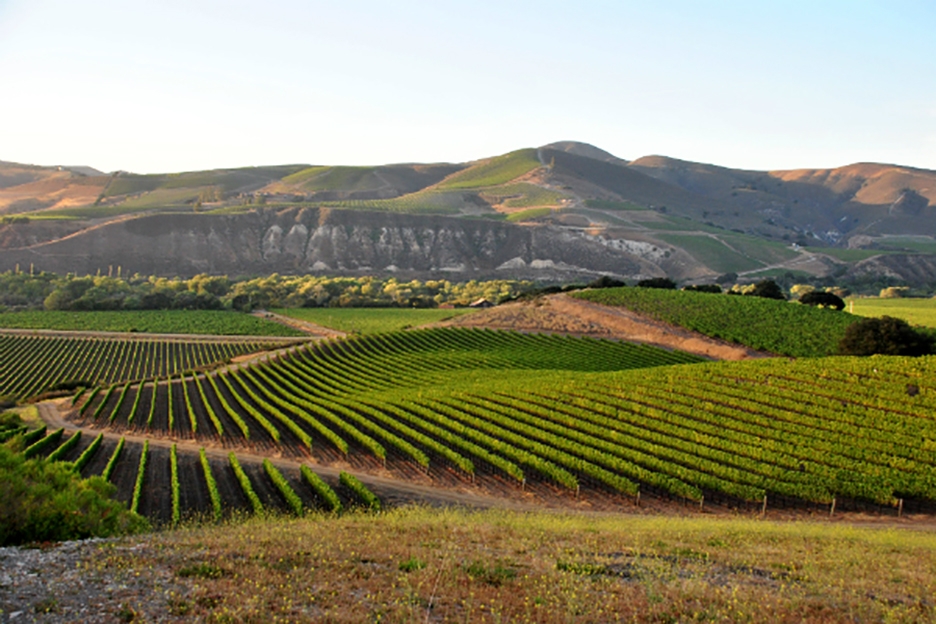Many great wines are blends. Red Bordeaux is a blend of cabernet sauvignon, merlot and a smattering of other reds. Southern Rhône GSM wines are grenache, syrah, mourvèdre blends. In whites, sauvignon blanc and semillon enjoy a classic marriage.
When it comes to chardonnay and pinot noir, not nearly so much. In Burgundy, pinot noir and chardonnay cannot legally be blends. With exceptions, that is true elsewhere, even when it is not illegal.
Ah, but always exceptions. Pinot noir and chardonnay are usually blended in Champagne. Champagne, however, is a distinctive style and method of making. It is the exception that highlights the rule.
Ask a pinot noir or chardonnay maker why they do not blend, and the answer almost always is “the grape is perfect just as it is.” Makers will insist their wines don’t have many—or any—holes to be filled with another variety. Pinot noir makers will snort that blending anything with their delicate, hard-to-grow grape lays waste to its structure and elegance.

There is a caveat. Lower-end, mass-produced pinot noir, especially from California, often is blended with zinfandel or other abundant, cheaper varieties. That is not done to improve quality but to increase production—if 75 percent of the blend is pinot noir, you can call it pinot noir in the U.S. Needless to say, such wines do not employ the highest quality pinot noir grapes. And, needless to say, that is why they don’t taste like pure pinot noir.
Another exception surprisingly comes from Beaujolais, a sub-region of Burgundy. There, pinot noir blends with gamay to create an entry-level wine: Coteaux Bourgignon, an appellation created in 2011. That wine often is made when there is a weak vintage of pinot noir.
You also can find pinot noir and chardonnay as small additions to any number of wines, but this column is about varietally-labeled bottles.
Higher-end pinot noir and chardonnay makers can have reputations as part of the snobbery coterie of the trade. They have no problem with that. They are not trying to blend in.
Tasting notes:
• Metz Road Riverview Vineyard Pinot Noir, Monterey 2019: Single-vineyard, supple, light and airy pinot. $30-35 Link to my review
• Sanford Winery Estate Chardonnay, Sta. Rita Hills Appellation 2019: Rich, opulent pure chardonnay effort. $40-45 Link to my review
Last round: Why are bacteria so bad at math? Because they multiply by dividing. It all adds up to wine time.

